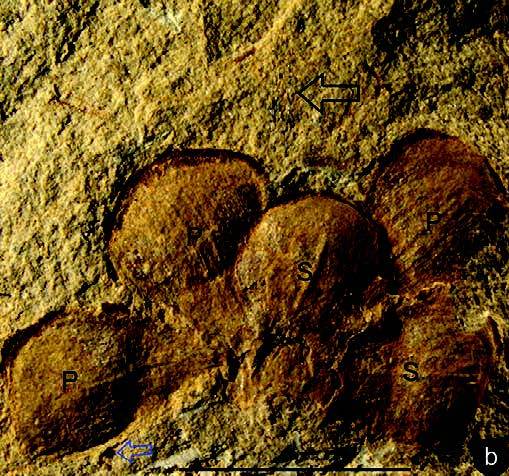Kaj Raunsgaard Pedersen medforfatter til Review artikel i Nature Plants
Palaeobotanical redux: revisiting the age of the angiosperms

Lektor emeritus Kaj Raunsgaard Pedersen, Geoscience, Aarhus Universitet, har været medforfatter til nedenstående artikel, som er publiceret i Nature Plants.
Patrick S. Herendeen, Else Marie Friis, Kaj Raunsgaard Pedersen and Peter R. Crane
ABSTRACT:
Angiosperms (flowering plants) are the most diverse of all major lineages of land plants and the dominant autotrophs in most terrestrial ecosystems. Their evolutionary and ecological appearance is therefore of considerable interest and has significant implications for understanding patterns of diversification in other lineages, including insects and other animals. More than half a century ago, influential reviews showed that while angiosperms are richly represented in sediments of Late Cretaceous and younger ages, there are no reliable records of angiosperms from pre-Cretaceous rocks. The extensive new macrofossil, mesofossil, and microfossil data that have accumulated since have confirmed and reinforced this pattern. Recently, however, molecular dating methods have raised the possibility that angiosperms may have existed much earlier, and there have been scattered reports of putative angiosperms from Triassic and Jurassic rocks. Critical assessment of these reports shows that, so far, none provide unequivocal evidence of pre-Cretaceous angiosperms. Angiosperms may ultimately be recognized from Jurassic or earlier rocks, but credible palaeobotanical evidence will require unambiguous documentation of the diagnostic structural features that separate angiosperms from other groups of extant and extinct seed plants.
Læs artiklen HER
